

Cast On Bind Off
54 Step-by-Step Methods LESLIE ANN BESTOR
PHOTOGRAPHY BY JOHN POLAK

The mission of Storey Publishing is to serve our customers by
publishing practical information that encourages
personal independence in harmony with the environment. Edited by Gwen Steege and Pam Thompson
Art direction and book design by Mary Winkelman Velgos
Text production by Jennifer Jepson Smith Photography by John Polak
Illustrations by Jamie Hogan Indexed by Nancy D. Wood 2012 by Leslie Ann Bestor Special thanks to WEBS, Americas Yarn Store, for their generous donation of the Valley
Yarns Valley Superwash merino used for all the swatches All rights reserved. No part of this book may be reproduced without written permission from the publisher, except by a reviewer who may quote brief passages or reproduce illustrations in a review with appropriate credits; nor may any part of this book be reproduced, stored in a retrieval system, or transmitted in any form or by any means electronic, mechanical, photocopying, recording, or other without written permission from the publisher. The information in this book is true and complete to the best of our knowledge. All recommendations are made without guarantee on the part of the author or Storey Publishing.
The author and publisher disclaim any liability in connection with the use of this information. Storey books are available for special premium and promotional uses and for customized editions. For further information, please call 1-800-793-9396. Storey Publishing
210 MASS MoCA Way
North Adams, MA 01247
www.storey.com Printed in China by R.R. Donnelley
10 9 8 7 6 5 4 3 2 1 LIBRARY OF CONGRESS CATALOGING-IN-PUBLICATION DATA Bestor, Leslie Ann. pages cm
Includes index.
ISBN 978-1-60342-724-1 (paper w/partially concealed wire-o : alk. paper)
1. paper)
1.
KnittingTechnique. I. Title. TT820.B598 2012
746.432dc23 2012002769 This book is for the most wonderful creation
I have ever cast on, my daughter, Cady,
and for my father, Charles,
for being a shining example of dedication
to the creative muse.
Contents



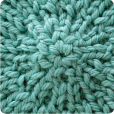
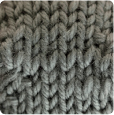
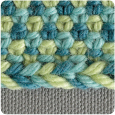
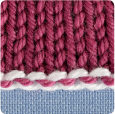
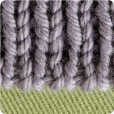





Introduction
Beginnings and Endings
In knitting classes at the yarn store where I work, we start beginners with a needle full of stitches already cast on, so they can begin knitting and come back to casting on when they are more comfortable with manipulating the needles and yarn. This roughly describes my own journey with cast ons and bind offs. I learned one way and stuck with it for every single project.
The Long-Tail Cast On was my friend, and since it is so versatile, I had no issues with our relationship for many years. But as I grew as a knitter and began exploring different techniques, I realized that a whole range of varied options awaited me for both starting and finishing a piece of knitting. I started to look at other ways to cast on and bind off and discovered that different situations call for different techniques, and that using the right one has a huge impact on the finished garment. The Old Norwegian Cast On became my next best friend. And I began to keep notes about which cast ons work in different situations. I carried little scraps of paper in my project bags and trawled for videos on the Internet, continually trying new ways to make my knitting match my imagination.
Most knitters progress in a similar fashion. They have a favorite cast on or bind off, and it is probably the one they learned from the person who taught them. A few workhorses, such as the Long-Tail Cast On and the Traditional Bind Off, serve knitters well in many situations. But just as you learn the difference between right-and left-slanting decreases, learning new techniques for beginning and ending your projects allows you to take your knitting to a whole new level. You can choose a stretchy cast on for your top-down socks; a stable, firm beginning for the bottom of your cardigan; or a flexible bind off that allows you to block your lace shawl to its fullest.  Use this book to learn new techniques.
Use this book to learn new techniques.  Use this book to learn new techniques.
Use this book to learn new techniques.
Keep it in your knitting bag as a reference and, with every project, try a new way to cast on and bind off. Some techniques, such as the provisional cast ons, apply to very specific situations, while others can be used for many purposes. Some of these new cast ons and bind offs you will like, some not so much. Some will be easy, some will be fiddly, but you may just find that the fiddly one is perfect for the particular piece you are working on. You will never regret investing time in the beginnings and endings of your projects: The edges set the stage for the piece as a whole. Theres no point in knitting a beautifully intricate sock if its top wont stretch enough to go over your heel.
With all the work we put into our knitted garments, we want all the parts to work together well. This brings me to swatching. Of course, we all do this before beginning a project, right? Well, now you have another reason to swatch! Your swatch is the perfect place to experiment with cast ons and bind offs before you invest time in the project itself. After knitting your swatch, evaluate the edges. Are they either stretchy or firm enough for the project? Do they look good with your stitch pattern? Is the effort worth the result? Now you will be able to make choices based on many options rather than just the old standbys. In this book youll find 33 cast ons and 21 bind offs.
Next page

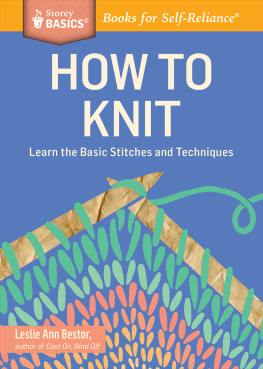
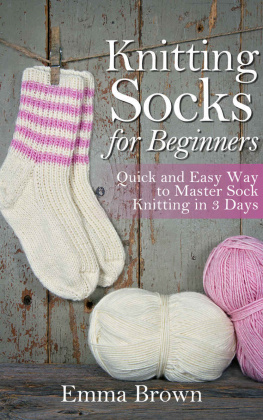
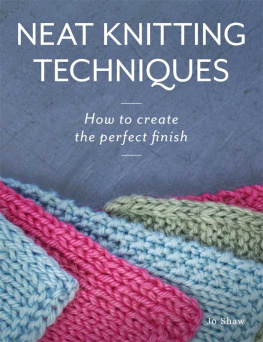
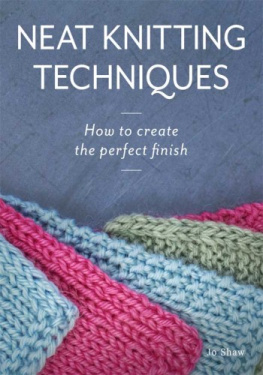

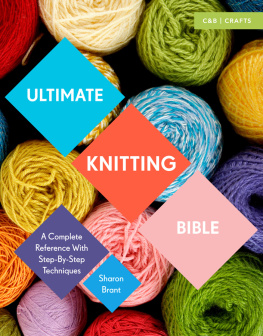
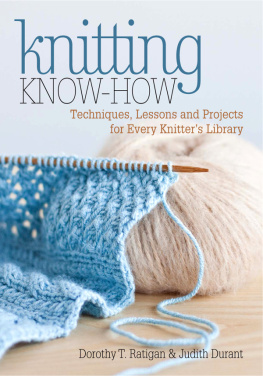
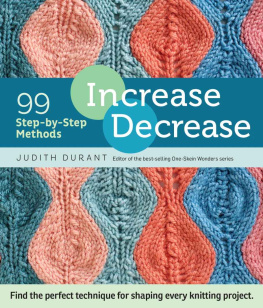


 The mission of Storey Publishing is to serve our customers by
The mission of Storey Publishing is to serve our customers by












 Use this book to learn new techniques.
Use this book to learn new techniques.